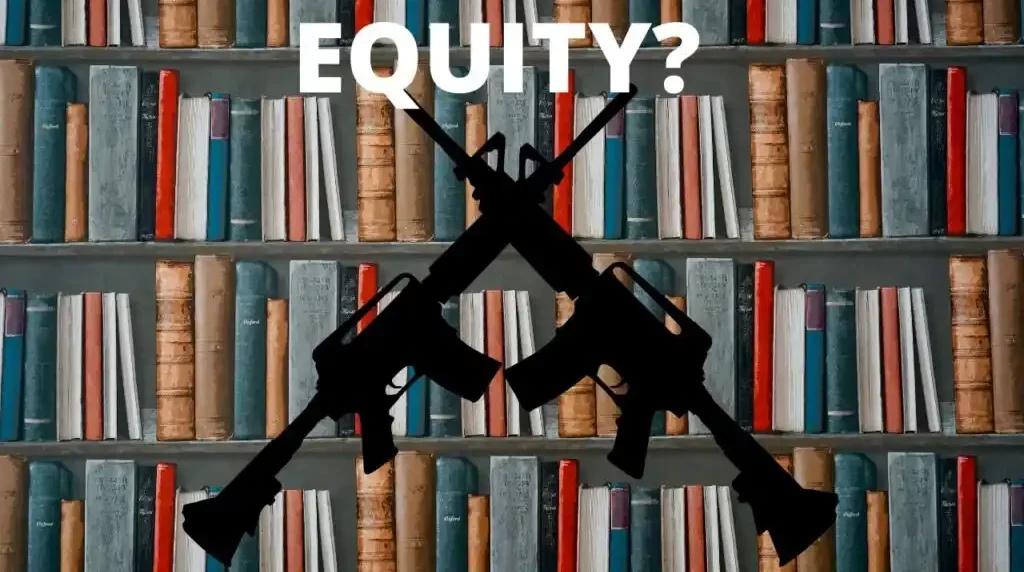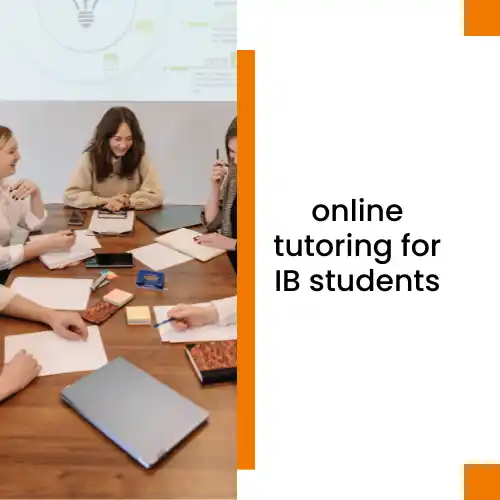With the rapid pervasive intrusion of the Taliban rebels into the government-controlled areas of Afghanistan, conflagrations, outcries, and bedlams engulf the country; posing a serious threat to the future prospects of the aspiring Afghan youth. They are haunted with the question, ‘what lies in the future of our higher education?’ After prolonged efforts in aiming to ensure peace and harmony, the depart of the United States and NATO troops with the Taliban encroachment witnesses a ‘hush’ to fall on the thriving education prospects.
A close view of the education aims and objectives of the Taliban’s shadow ‘Education Commission’ shows an effort to bolster the growth of higher education rather than enfeebling it. But the question here is, if the objectives of the‘ Taliban shadow government’ is to strengthen the growth of education, then why are the Afghan youths petrified and adopting the path of immediate escape? Herein, questions arise whether the educational objectives of the ‘ Taliban shadow government’ have been masked as strong and structured?
Let’s take a look at it.

The real-life canvas at this point of time is very different and rugged from the theoretical aspect.
Instances are many- to cite few of them are: University World News cast the teenager Fazila Ashna, a university aspirant, had to flee for the capital Kabul amid fierce street battles in her home town Maalistan (central Afghanistan).
More than 85 schoolgirls of Sayed ul-Shuhada High School in Kabul, Afghanistan, were killed in the Taliban attack. These were the students, the future assets, who took up the oath of taking a toll on anything and everything but never give up education in a country where less than 30% women can read. Leading the daily lives in an impoverished set up, going to the school which hardly had open air coming to an overcrowded classroom; nothing could stop the schoolgirls from dreaming as futuristic leaders.
As published by UNESCO and documented by the Global Coalition to Protect Education from Attack, rampant cases on bombing of universities have been there.
All these instances are just a sneak peek of the horror which has cast over the socio-economic-political set up, having long term global repercussions. The most imminent questions which arise are: where is the equity and ethical stance in education? Assuming, higher education sets the strong foundation of the future readiness in career opportunities, the serious threat to the higher education has created a sheer impediment to the inculcation of career specific and transferable skills.
In tracing the footsteps of education in economic development, it is obvious that education contributes most to the economic efficacy, social consistency, and developmental sustainability in equipping the youth with best fit skills needed in the global marketplace.
Being an educator, I see that the real scenario ‘clutches’ are resonance of certain problems in knowledge construction. The lack of open-mindedness results in inequality among the youth of Afghanistan and the global youth.
The true purpose of education lies in its mission and vision of creating a principled and balanced approach in promoting student skills for global competence, with a democratic outlook and the spirit of open mindedness. The realistic scenario jeopardises the societal balance, instigating gender bias, ethical stance, closed mindedness, and uncertainty in the social framework- raising the BIG question to the community, ‘Where is the educational equity, academic achievement, democratic outlook, open mindedness, and social cohesion?’
These are some thoughts that often come to my mind, and I wish we keep education as a tool to make this world a peaceful place and Taliban must acknowledge it.







